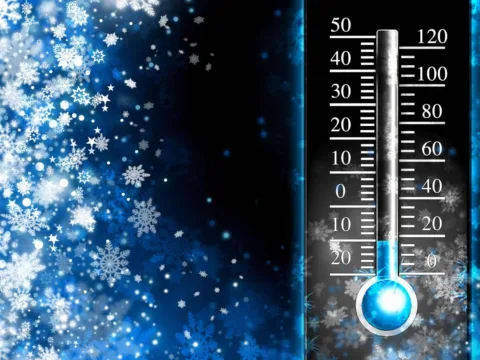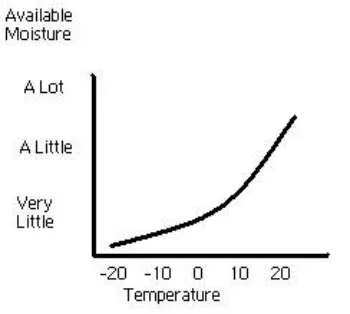
I remember a phrase my father said a lot on the coldest of winter days: “It’s too cold to snow.”
My dad wasn’t a meteorologist, but he was a pretty smart guy with a lot of common sense.
As a good son, I believed every word he said.
But as a certified meteorologist, do I still believe him on this one?
First of all, it can snow at very, very cold temperatures as long as there is a moisture source and some form of lift.
It is extremely rare, however, for snow to fall at temperatures below about -20° Fahrenheit and snow is pretty much non-existent below -40° F.
Once the air temperature drops down to about 0° F and below, snowflakes tend to look different. They are very small and appear more as tiny ice crystals.
Why?
This is where it gets a bit more complicated…
The colder the air temperature, the less moisture — or water vapor — it can contain.
We tend to see the most snow when the temperature is within a degree or two of freezing (32° F) because that’s as warm as the atmosphere can get and still keep snowflakes frozen.

As the temperature falls, it contains less and less water vapor which means less and less available moisture for snow. The North and South Pole — while very cold — are almost precipitationless deserts.
Ultimately, if you can push moisture-laden air into the atmosphere above a very cold airmass, then snowfall is possible.
Whether the moisture-filled air is being forced to rise because it’s being pushed up the side of a mountain, or for any other reason, theoretically, it could snow.
But, as the temperature drops below -40° F, any snow which falls would be in the form of ice crystals so small you wouldn’t even notice.
So, was dad correct?
Technically, no. It never really gets too cold to snow. The likelihood of significant snowfall on the coldest winter days is so small. However, I will continue to tell my children that “grandpa was always right.”



